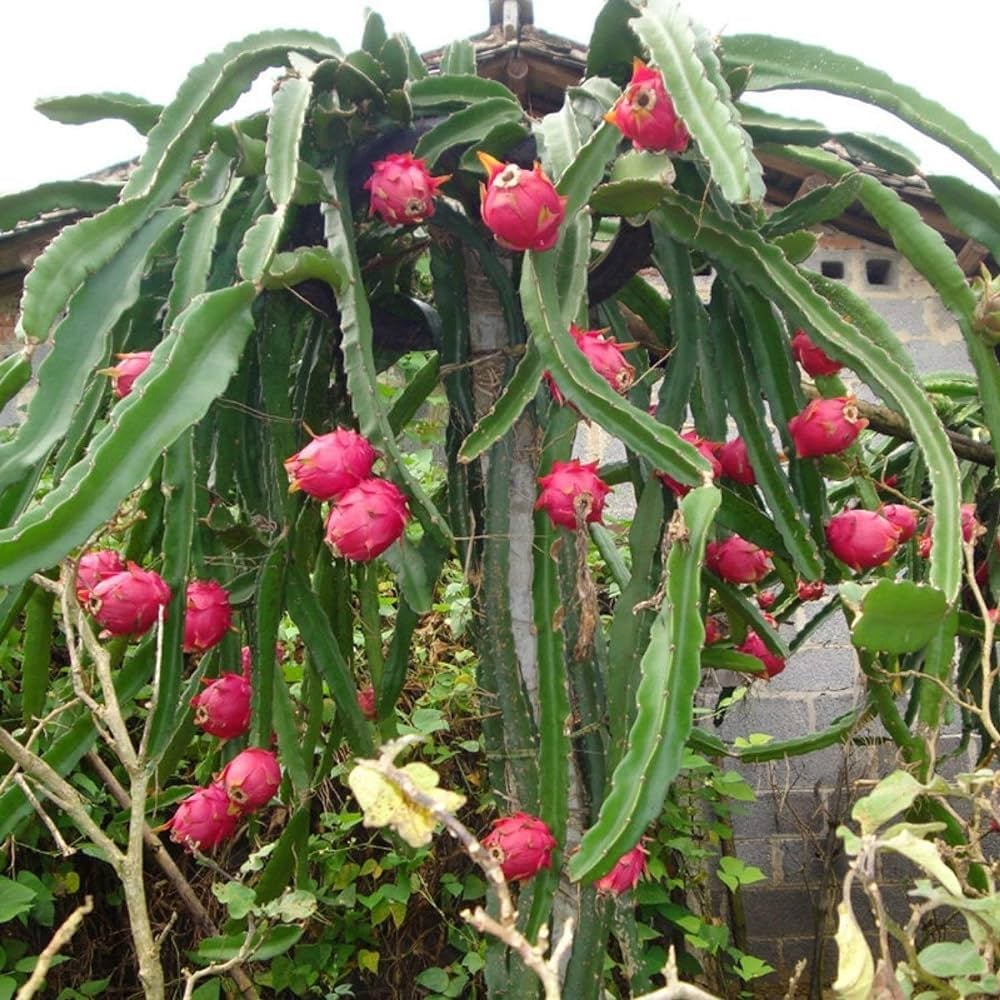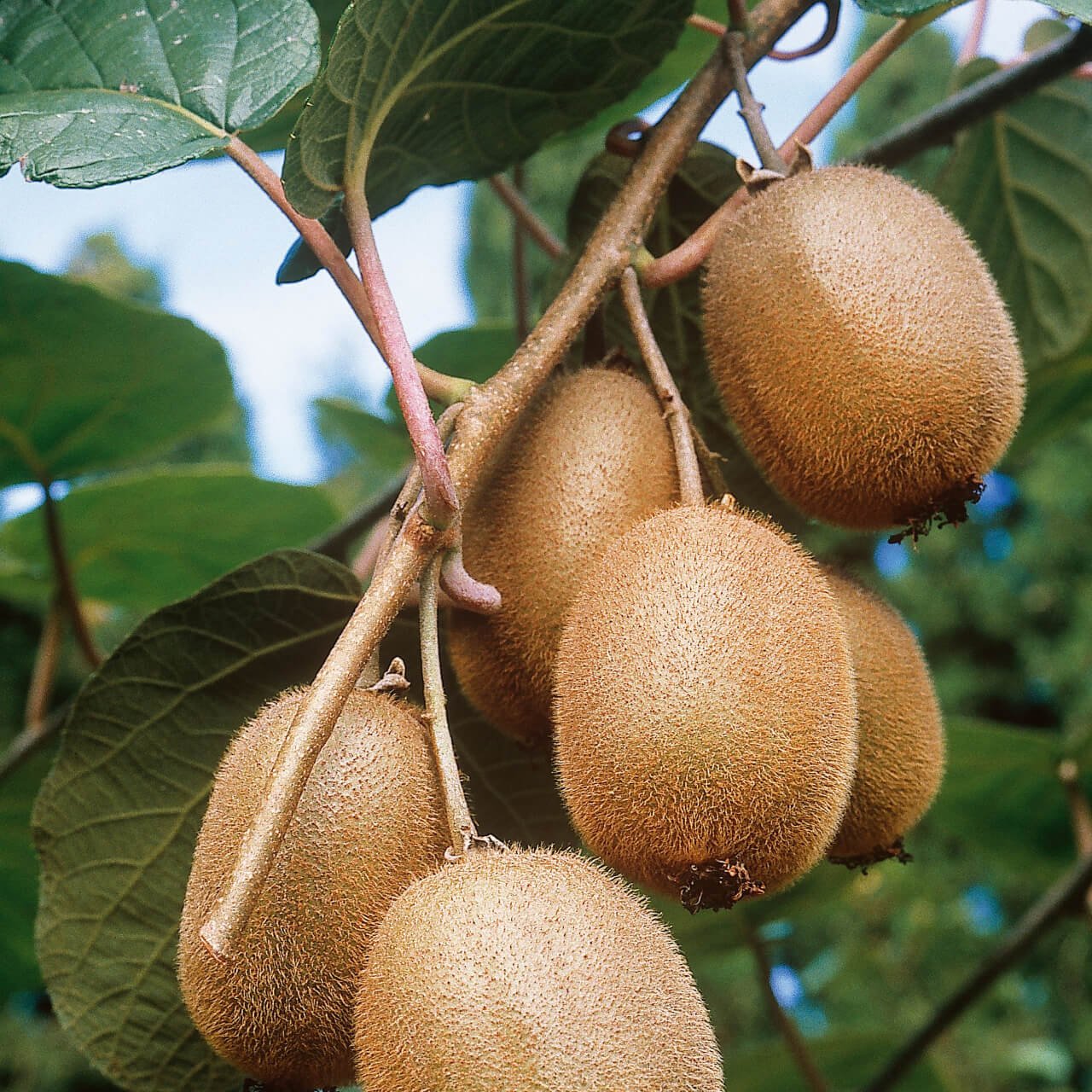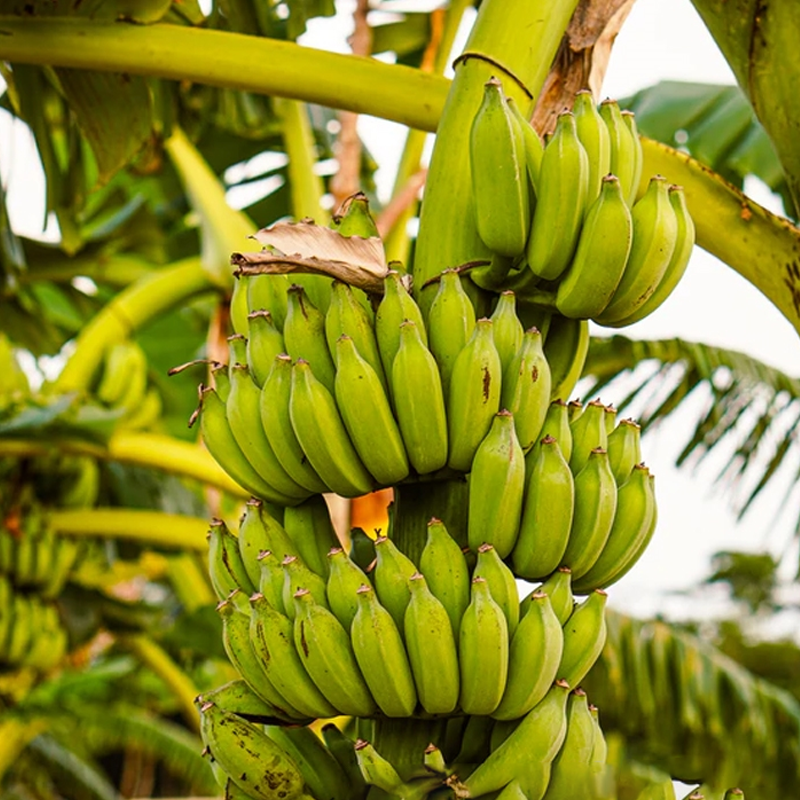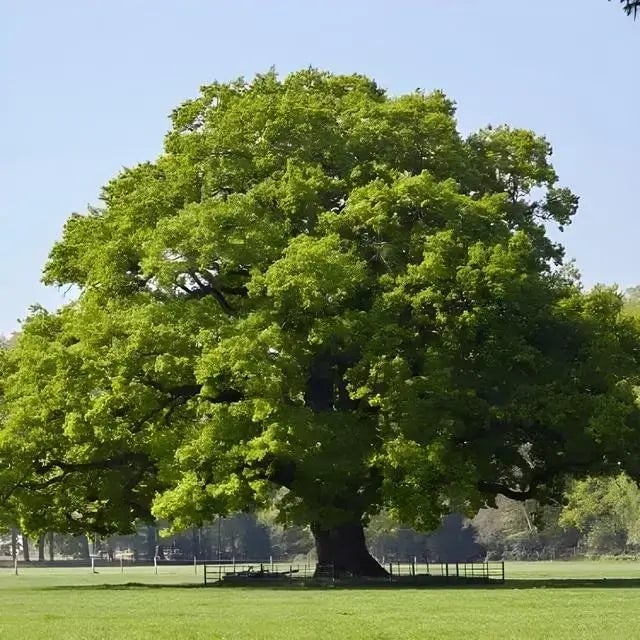

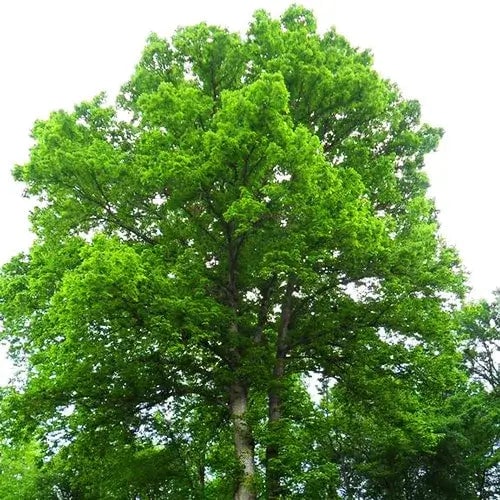
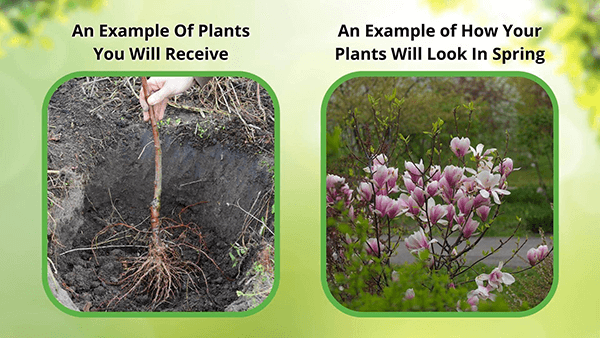

Chestnut Oak Tree
Excellent shade for hot summers
Attracts beneficial wildlife
Long lifespan and low maintenance
Thrives in
ZONE 4ZONE 5ZONE 6ZONE 7ZONE 8This plant ships:
Ships November 20251 Year Guarantee on all plants
Chestnut Oak Tree - Quercus Prinus
The Chestnut Oak is a large deciduous tree species known for its deeply lobed, toothed leaves and acorn-bearing acorns, commonly found in eastern North America's forests. Majestic and resilient species that offer numerous landscaping benefits. Its distinct characteristics and contributions make it popular in various outdoor settings, such as parks, gardens, and residential landscapes.
The tree is a beautiful addition to any lawn with its towering trunk, long branches, and vibrant green leaves. At maturity, it stands 50—to 60 feet tall and belongs to the beech family. As its namesake implies, it produces nuts during early fall.
Chestnut Oaks Promote Wildlife and Harvesting Potential
Whether on a home property or commercial lawn, the stately appearance makes them a welcome addition. Because of their durability and strength, they are excellent at supporting a thriving local ecosystem. Many wildlife, including chipmunks, squirrels, and native birds, make their homes among the branches.
Support Wildlife With Chestnut Oaks
They are native to the eastern United States and play a vital role in ecosystems from southern Maine to central Mississippi and Michigan in the north.
Once mature, its beautiful green leaves offer ample shade, and it is easy to trim branches back to create a manicured landscape that still provides environmental benefits.
They can reach up to 125 feet tall in the wild and put on a dazzling display of warm colors during autumn. Their naturally glossy green leaves will shift into vibrant yellow and reddish brown hues during the fall, making them the perfect choice for someone who dreams of an autumn paradise in their yard.
Mighty oaks are hearty saplings that will thrive for decades with proper care. With an average lifespan of 400 years, these are some of the longest-living members of their plant family. Imagine planting one today and growing it throughout your life, watching the branches grow more robust and the trunk taller yearly.
One sapling can be planted in a loved one's honor and grow to become a beloved heirloom that generations of your family care for.
Because Chestnut Oak Trees live for so long, they are excellent investments for homeowners and commercial properties. Transform your landscape with a single sapling and watch magnificent wildlife and beauty unfold as it grows.
This Is How Your Plants Will Look upon Delivery

Height at Maturity
Over 25 Feet
Care
Chestnut oak trees thrive in well-drained soils and require regular watering, especially in the first few years. Apply mulch around the base to retain moisture and reduce weed growth. Prune the trees during late winter to maintain shape and remove dead or damaged branches.
Plant Reproduction
Chestnut Oak Tree spreads through acorns falling and germinating nearby
Plant bare root trees during the dormant season in early spring or late fall (November through April). Dig the hole twice as wide as the roots so the soil is well-drained. Position the tree so the root flare is at or just above ground level. Fill the hole back with the soil you dug from and water. Maintain soil moisture, especially in the tree's early years, by providing deep, regular watering. Apply a 2-4 inch mulch away from the trunk at the base to retain moisture and suppress weeds. Prune trees during the first few seasons to establish strength and resilience, remove damaged branches, and continue maintenance pruning as the tree matures. Regularly inspect for pests and diseases and apply integrated pest management practices. Protect young trees from mechanical damage and extreme temperatures with tree guards, and stake them if necessary for support, removing the stakes after one or two years.
Shipping date depends on the date displayed and chosen when you order from the product's page.
We only accept returns on plants verified dead. If you think your plants have died, we offer a 1 year warranty, please use this File a Claim Link to verify dead plants and start with return warranty process.






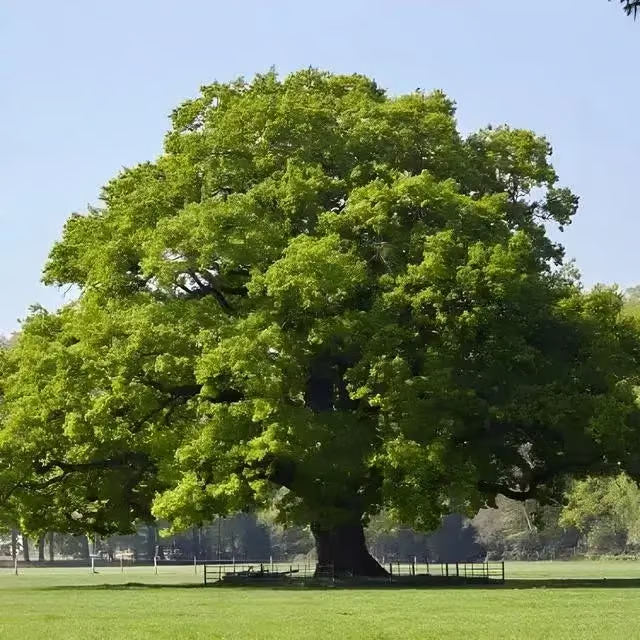
Majestic Size:
The Chestnut Oak Tree can reach heights of 50 to 60 feet, with some wild specimens growing up to 125 feet. Its towering presence adds grandeur to any landscape, creating a stunning focal point.
Seasonal Beauty:
Enjoy a spectacular autumn display as the Chestnut Oak’s glossy green leaves turn vibrant yellow and reddish-brown. This seasonal transformation brings vivid color and visual interest to your garden.
Wildlife Attraction:
The Chestnut Oak produces acorns that serve as a vital food source for wildlife, including birds and squirrels. Enhance your garden’s ecosystem by attracting and supporting local fauna.
Distinctive Foliage:
Featuring deeply lobed, toothed leaves, the Chestnut Oak adds a unique visual texture to your yard. Its distinctive foliage provides a sophisticated and appealing look.
Caring Tips
How do I care for my Chestnut Oak Tree?
Each box contains detailed care instructions and information about your product. But here's the basics.
Care Tips
Chestnut oak trees thrive in well-drained soils and require regular watering, especially in the first few years. Apply mulch around the base to retain moisture and reduce weed growth. Prune the trees during late winter to maintain shape and remove dead or damaged branches.
Light Requirements
The Chestnut Oak Tree thrives in full sun to partial shade. It prefers a sunny location with at least 6 hours of natural sunlight every day but can also tolerate some shade, particularly in hot climates or during peak summer heat.
Hardy Planting Zones
4 • 5 • 6 • 7 • 8
Header
Use this content to share information about your store and products.
Frequently Asked Questions
How often should I water my plants?
How do I know if my plant is getting too much or too little sunlight?
What should I do to prepare my plants for winter?
What are the signs that my plant needs fertilizing?
How can I prevent pests from damaging my plants?
How do I choose the right plant for my climate zone?



